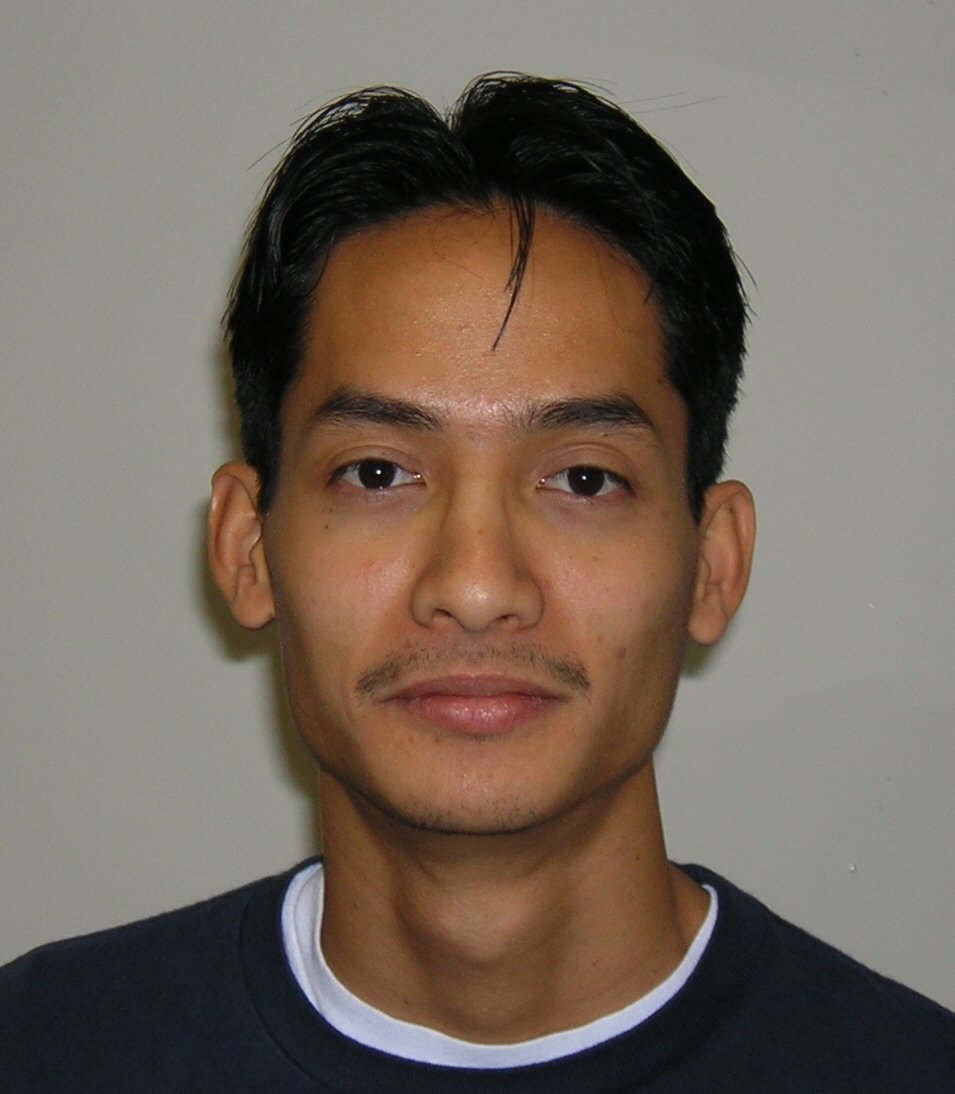 David A. Chang-Yen was born in Trinidad , W. I. on August 30th1977 . He received his B.Sc. and M.Sc. degrees in biomedical engineering from Louisiana Tech University , Ruston , Louisiana in May 2000 and August 2002 respectively. He completed his doctorate in Mechanical Engineering at the University of Utah in Salt Lake City , Utah in May 2005, and is currently a post-doctoral associate with the Utah State Center of Excellence for Biomedical Microfluidics. He is also one of the co-founders and current Vice President of Research and Development of Wasatch Microfluidics Inc., a Salt Lake City-based company dedicated to the field of microfluidic solutions for biotechnology applications. He is the author of six journal articles on polymeric-based sensors, nanotechnology, and microfluidic applications, and is the co-applicant on five related patents.
David A. Chang-Yen was born in Trinidad , W. I. on August 30th1977 . He received his B.Sc. and M.Sc. degrees in biomedical engineering from Louisiana Tech University , Ruston , Louisiana in May 2000 and August 2002 respectively. He completed his doctorate in Mechanical Engineering at the University of Utah in Salt Lake City , Utah in May 2005, and is currently a post-doctoral associate with the Utah State Center of Excellence for Biomedical Microfluidics. He is also one of the co-founders and current Vice President of Research and Development of Wasatch Microfluidics Inc., a Salt Lake City-based company dedicated to the field of microfluidic solutions for biotechnology applications. He is the author of six journal articles on polymeric-based sensors, nanotechnology, and microfluidic applications, and is the co-applicant on five related patents.
Project Work:
David’s current research includes several distinct subjects:
- Microscale Polymeric Optical Sensors
- Nanotechnology-Microsystem Integration
- Polymer Microfluidic Systems
- Microfluidic Packaging
- High-Density Microarray Fabrication
- Multiphysics BioMEMS Design for Commercial Applications
Each of these aspects of his research contributed to his dissertation, culminating in the development of a multiphysics-based, multianalyte biosensor that is suitable for commercial-scale manufacturing. The initial applications intended for the sensor are blood constituent monitoring, including glucose and cholesterol, intended for point-of-care clinical use. Additionally, spin-off technologies such as a polymeric microfluidic spotter system for high-density array fabrication and robust microfluidic packaging have been developed and are being investigated for further commercial significance. The polymeric microfluidic spotter systemis currently being developed for commercial applications in the fields of high-throughput SPR and microassays by Wasatch Microfluidics Inc.
Masters Thesis: ELECTROSTATIC SELF-ASSEMBLY OF A RUTHENIUM- BASED OXYGEN SENSITIVE DYE USING POLYION-DYE INTERPOLYELECTROLYTE FORMATION
PhD Dissertation: Integrated Microsensor Design







